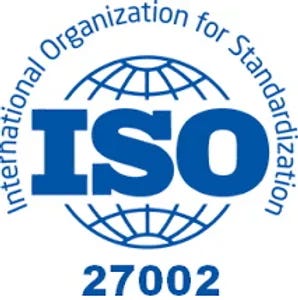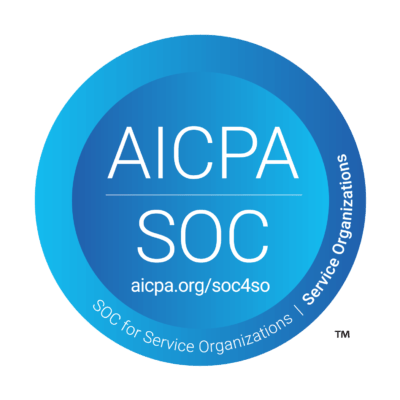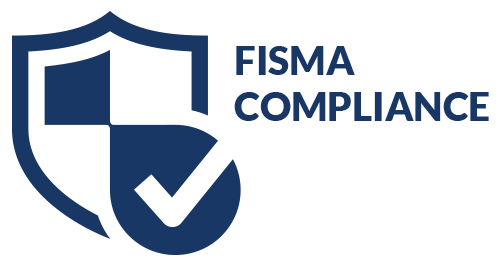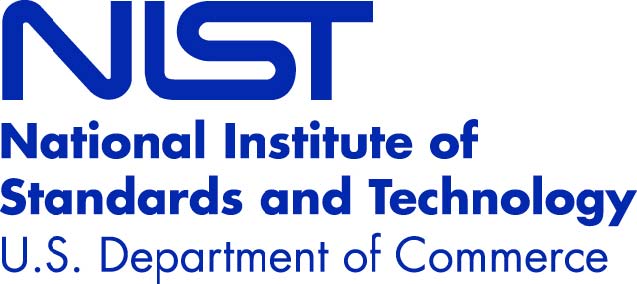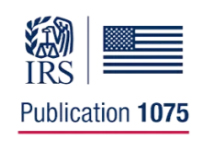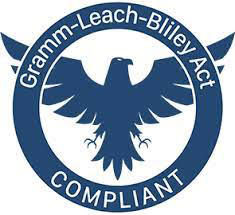Hospitals and medical practice providers are facing a brave new world where the realities of high-deductible insurance or no insurance at all have yielded a higher group of self-pay patients. How can hospitals stay on top of accounts receivable management with a burgeoning population of people that are sick – but cannot pay?
Debt collections in the era of the self-pay patient have gotten more complicated and simultaneously more delicate. Each patient represents a potential social media firestorm if their past due balance isn’t handled appropriately. This article explores the latest trends in hospital self-pay patients, debt collections, and how hospitals must change their accounts receivable management processes to adapt to this new financial outlook.
Self-Pay and Accounts Receivable Management for Hospitals
What kind of payment environment are hospitals experiencing these days? In addition to our standard reimbursement challenges, primarily characterized as “declining,” we are facing higher patient responsibilities and slower reimbursement. InstaMed published their Sixth Annual Trends in Healthcare Payments Report and the stats may surprise the layperson – but they are no surprise to hospital administrators:
- 74% of clinicians report an increase in patient payment responsibility.
- 70% of providers say it takes at least 30-days to collect from past-due patient accounts.
- There is a corresponding increase in consumer demand for an upfront list of their financial responsibilities; 9 out of 10 consumers want to know the cost of treatment and how much they’ll have to pay.
- Mobile device payments increased to 18% of all online payments and consumers say they now prefer to pay their healthcare bills online.
The American Hospital Association explains that hospitals have reported more than $502 billion in uncompensated care since the year 2000. These trends are being driven by some serious changes in self-pay debt collections.
- While the ACA created an entirely new class of insured citizens, the soaring expense of the plans has caused some of these patients to drop insurance. These plans typically have high out-of-pocket costs, so the newly insured are facing higher unexpected costs even after their insurance kicks in.
- 72% of healthcare providers say patient financial responsibility and debt collections are their number one revenue cycle worry. That’s in part because self-pay dollars are dropping and account receivable management is getting more complicated. It is anticipated as the rate of self-pay patient accounts increases, the requirement to collect on past due accounts will rise.
- Part of the problem is that the balance patients are facing after insurance reimbursement is higher now, and expected to increase.
To maintain accounts receivable management, hospitals are increasingly turning to debt collection companies like TSI. Establishing partnerships in these areas will help hospitals capitalize on new ways to engage patients while improving the bottom line. Debt collection professionals can help hospitals improve collection workflows and offset some of the latest trends that are negatively affecting the hospital revenue cycle.
TSI has been the trusted partner of health systems, hospitals, and ancillary providers for decades. Our team of trusted advisors offers the latest technology to streamline debt collections and improve accounts receivable management. Contact us — we can help.
To read more around self-pay receivables and its effect on your revenue cycle download our white paper, “Healthcare Self-Pay: Then and Now.”
__________________________
Want to learn more about TSI? Fill out the form and a TSI representative will contact you shortly.
